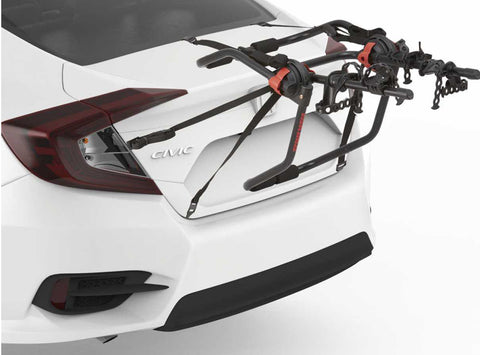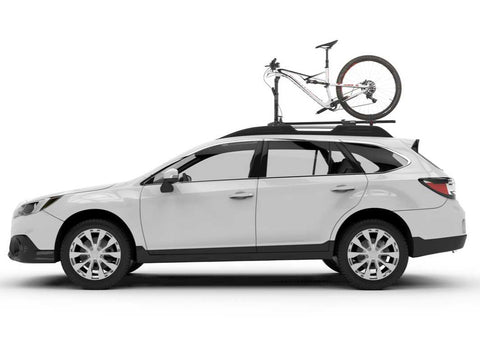Whether you're a hobby rider pedaling leisurely through the countryside or an enthusiastic amateur racing your friends, carrying your bike around can be a major hassle. There's little worse than having to muscle it up onto the roof of your car or worry about how to fit two bikes into one vehicle for that road trip you've been planning. But don't fret--racks are here to save the day! today we'll cover various types of bike racks and discuss what best suits which type of rider, so all you need to do is sit back and zone out while learning all about transporting your trusty ride.
If you're an avid cyclist or someone who enjoys the outdoors, you probably know the importance of a good bike rack. A bike rack allows you to transport your bike safely and securely, whether you're heading out on a long road trip or just need to transport your bike to a local trail.
Today, we'll explore the different types of bike racks available, their advantages and disadvantages, and how to choose the right one for your needs.
Types of Bike Racks:
There are several different types of bike racks available, each with their own advantages and disadvantages. The most common types of bike racks include:
- Hitch-mounted bike racks: These bike racks attach to a hitch on the back of your vehicle and are a popular option for transporting bikes. Hitch-mounted bike racks come in two main varieties: hanging and platform.
Hanging hitch-mounted bike racks suspend the bikes from the frame or the top tube, while platform hitch-mounted bike racks hold the bikes by the wheels. Platform bike racks are generally considered more stable and secure, while hanging bike racks are often more affordable.
- Trunk-mounted bike racks: Trunk-mounted bike racks attach to the trunk or rear hatch of your vehicle using straps and hooks. They are often more affordable than hitch-mounted bike racks, but can be less secure and stable.
- Roof-mounted bike racks: Roof-mounted bike racks attach to the roof of your vehicle using racks or towers. They are a popular option for cyclists who don't want to obstruct their rearview mirror, but can be difficult to load and unload, especially for taller vehicles.
Advantages and Disadvantages of Bike Racks
Each type of bike rack has its own advantages and disadvantages. Here are a few things to consider when choosing the right bike rack for your needs:
Hitch-mounted bike racks:
Trunk-mounted bike racks:
Roof-mounted bike racks:
How to Choose the Right One
When choosing a bike rack, there are several factors to consider, including your budget, the type of vehicle you have, the number of bikes you need to transport, and how often you'll be using the bike rack.
Here are a few tips to help you choose the right bike rack for your needs:
- Determine your budget: Bike racks can range in price from less than $50 to well over a thousand. Determine how much you're willing to spend before you start shopping to help narrow down your options.
- Consider the type of vehicle you have: Not all bike racks will fit all vehicles. Check the manufacturer's specifications to ensure that the bike rack you choose is compatible with your vehicle.
- Determine the number of bikes you need to transport: If you're only transporting one bike, save some money and go with a lower capacity rack, but if you're the guy ripping shuttle rides every weekend, then you may want to invest in something more heavy duty.
- Determine the type of bikes you're moving: some racks, such as the Yakima Hangover 4 and 6 are only compatible with bikes that have suspension forks and will not work with road or gravel bikes with rigid forks.
There are More Brands!
This blog only showcased some of Yakima's offerings for bike racks, but on Cambria Bike, we are also Kuat, Race Face, Topeak, and Swagman dealers, so if we don't have something from Yakima that suits your needs, give a look on our website to see if another company can fit the bill.







